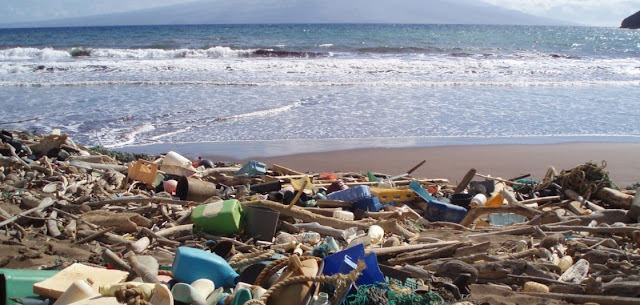SINGLE-USE PLASTIC HARMS THE ENVIRONMENT

Single-Use Plastic Harms the Environment Marine Debris - Photo Credit: National Park Service Plastic bags, straws, toothbrushes, food wrappers, take-out containers are single-use plastic items that end-up getting thrown out. All plastics are made of non-renewable resources that do not decompose making them harmful to the environment. Plastic items also pollute the ocean and cause harm to wildlife. Plastic materials are made from either crude oil or natural gas both are non-renewable resources. Because plastic items do not decompose in nature, they pile up an pollute. Did you know there are over 8 million metric tons of plastic in the ocean? And did you know that each year over 27 million tons of plastic is dumped in the landfills? Plastic pollution can harm wildlife directly and by destroying their habitat. Mistaking it for food, wildlife can ingest plastic debris. In the oceans, plastic pollution can entangle and kill marine life . Plastic pollution also damages the habitat o
